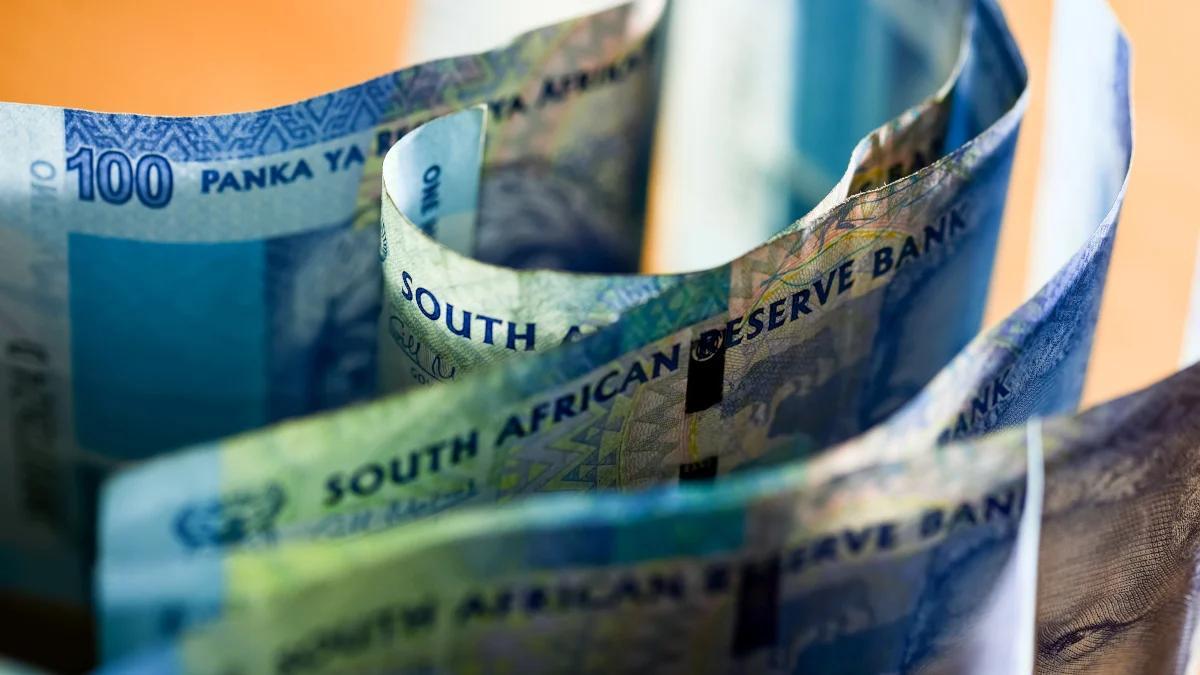Africa-Press – South-Africa. South Africa is currently in the doldrums, but the economy should see some improvement in the second half of the year.
According to Bank of America’s (BofA’s) economist Tatonga Rusike, the South African Reserve Bank (SARB) will likely leave rates on hold during the first half of the year.
Although inflation is predicted to increase slightly tomorrow (rising from 5.3% in January), the SARB is unlikely to hike interest rates in its meeting next Wednesday, 27 March or during its May meeting.
The SARB is only likely to follow the US Federal Reserve in cutting rates in the second half of the year.
The US Fed cutting rates will strengthen the rand against the dollar and increase investor flows into emerging markets, like South Africa, in the second half of the year.
BofA’s John Morris added that investors are in a “wait and see” mode for South Africa, with many waiting for the national election on 29 May to make a decision.
The ANC is still predicted to drop below 50% of the vote and will likely form a coalition with smaller parties.
If the ruling party’s support drops further, it is believed that it would instead form a coalition with the DA rather than the EFF.
However, the status quo is expected to be retained, with the ANC still being the largest political player in South Africa.
Morris said that the end of the elections will trigger an increased flow of capital into South Africa as tensions ease.
He added that the predicted weakness in the dollar, partially caused by the Fed’s interest rate cuts, will see South African equities spring at the end of the year—much like the rally seen at the end of 2023.
The South African equity market is expected to be attractive due to strong management at listed companies and the weak dollar.
Cuts in South African interest rates will also boost many companies in South Africa, such as clothing retailers, as consumers will have more disposable cash.
The government is cutting back
In addition, fiscal policy in South Africa is heading in the right direction.
National Treasury will access R150 billion in funding from the SARB’s Gold and Foreign Contingency Reserve Account (GFECRA), primarily used to service debt.
Since 2020, South Africa’s debt servicing costs have grown by 15% annually, but the GFECRA should see these costs reduced to 9%.
Debt servicing costs could rise in the future, with R100 billion of the funds being used in 2024/25. As there is only R25 billion for 2025/26 and 2026/27, there is a risk that debt servicing costs will start to rise after this financial year.
However, the government’s budget deficit will likely decrease when the treasury pays off the remainder of Eskom’s R254 billion debt in the 2025/26 financial year.
In addition, National Treasury Director-General Duncan Pieterse told BofA that he remains committed to taming the government’s expenditure, which could be seen in a 12% yoy expenditure cut in January.
Pieterse has also been resolute in not handing out bailouts to Transnet this financial year. The embattled state-owned enterprise is increasingly looking to private partners to improve its ailing rail network and ports.That said, Rusike warned that there is still a for further bailouts for Eskom and Transnet, especially for the latter.
Should the government maintain its good fiscal policy, the SARB introduce rate cuts, and South Africa have a smooth election, BofA said that South Africa’s credit rating could improve from BB- to BB.
For More News And Analysis About South-Africa Follow Africa-Press






